When it comes to strength training exercises for the chest, two popular options often come to mind – the bench press and the dumbbell chest press. These exercises have stood the test of time for aspiring bodybuilders, athletes, and fitness enthusiasts alike. However, understanding the differences and benefits of each can help individuals make an informed decision on which exercise best aligns with their fitness goals. 1. Form and Range of Motion: The bench press, a staple in many gyms, involves lying on a bench with the barbell held above the chest. It requires both hands to grip the bar, and the movement primarily focuses on pushing the bar up and down. On the other hand, the dumbbell chest press involves lying on a bench while holding a dumbbell in each hand. This exercise allows for greater freedom of movement, as both arms work independently. It also requires more stability and coordination to maintain control of the weights throughout the exercise.

.
 2. Muscle Activation and Targeted Areas: Both the bench press and the dumbbell chest press predominantly target the pectoralis major, the primary muscle responsible for chest development. However, the dumbbell chest press allows for a greater range of motion and enhanced muscle activation due to the need for balance and stabilization. Moreover, the bench press relies more heavily on secondary muscles such as the triceps and anterior deltoids for assistance, while the dumbbell chest press directly targets the chest muscles, leading to a more isolated and specific workout. 3. Weight Control and Versatility: One of the advantages of the bench press is the ability to lift heavier weights due to the support provided by the bench. This allows individuals to exert more force on their chest muscles, facilitating strength and hypertrophy gains. However, using too much weight without proper form can lead to strain or injury. The dumbbell chest press, though typically performed with lower weights, offers a greater range of exercise variations.
2. Muscle Activation and Targeted Areas: Both the bench press and the dumbbell chest press predominantly target the pectoralis major, the primary muscle responsible for chest development. However, the dumbbell chest press allows for a greater range of motion and enhanced muscle activation due to the need for balance and stabilization. Moreover, the bench press relies more heavily on secondary muscles such as the triceps and anterior deltoids for assistance, while the dumbbell chest press directly targets the chest muscles, leading to a more isolated and specific workout. 3. Weight Control and Versatility: One of the advantages of the bench press is the ability to lift heavier weights due to the support provided by the bench. This allows individuals to exert more force on their chest muscles, facilitating strength and hypertrophy gains. However, using too much weight without proper form can lead to strain or injury. The dumbbell chest press, though typically performed with lower weights, offers a greater range of exercise variations.
..
 These variations include incline and decline chest presses, one-arm chest presses, and neutral grip presses, enabling individuals to target specific areas of the chest and challenge different muscle groups. 4. Joint Health and Injury Prevention: The dumbbell chest press promotes improved joint stability and reduces the risk of imbalances between the left and right sides of the body. By allowing each arm to work independently, it helps identify any strength discrepancies, minimizing the chances of overcompensating or favoring one side during the workout. Conversely, the bench press, particularly when performed with heavy weights, can put stress on the shoulders, elbows, and wrists. It is crucial to focus on proper form, gradually increase weights, and incorporate sufficient warm-up exercises to reduce the risk of injuries.
These variations include incline and decline chest presses, one-arm chest presses, and neutral grip presses, enabling individuals to target specific areas of the chest and challenge different muscle groups. 4. Joint Health and Injury Prevention: The dumbbell chest press promotes improved joint stability and reduces the risk of imbalances between the left and right sides of the body. By allowing each arm to work independently, it helps identify any strength discrepancies, minimizing the chances of overcompensating or favoring one side during the workout. Conversely, the bench press, particularly when performed with heavy weights, can put stress on the shoulders, elbows, and wrists. It is crucial to focus on proper form, gradually increase weights, and incorporate sufficient warm-up exercises to reduce the risk of injuries.
…
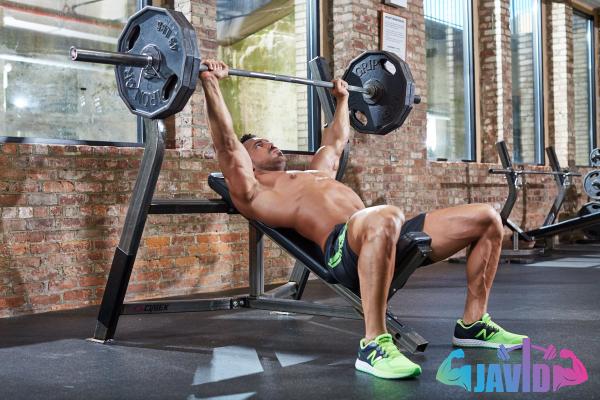 5. Personal Preference and Goal Alignment: Ultimately, the choice between the bench press and the dumbbell chest press boils down to personal preference and fitness goals. If the aim is to lift heavier weights and increase overall strength, the bench press may be the preferred option. On the other hand, those seeking enhanced muscle activation, targeted chest work, and joint stability might opt for the dumbbell chest press. Conclusion: Both the bench press and the dumbbell chest press offer unique benefits and serve as effective exercises for chest development. Considering factors such as form, range of motion, muscle activation, weight control, versatility, joint health, and personal goals can help individuals make an informed decision on which exercise to incorporate into their fitness routine. As with any workout, it is essential to prioritize proper form, safety, and gradual progression to optimize results and prevent injuries.
5. Personal Preference and Goal Alignment: Ultimately, the choice between the bench press and the dumbbell chest press boils down to personal preference and fitness goals. If the aim is to lift heavier weights and increase overall strength, the bench press may be the preferred option. On the other hand, those seeking enhanced muscle activation, targeted chest work, and joint stability might opt for the dumbbell chest press. Conclusion: Both the bench press and the dumbbell chest press offer unique benefits and serve as effective exercises for chest development. Considering factors such as form, range of motion, muscle activation, weight control, versatility, joint health, and personal goals can help individuals make an informed decision on which exercise to incorporate into their fitness routine. As with any workout, it is essential to prioritize proper form, safety, and gradual progression to optimize results and prevent injuries.

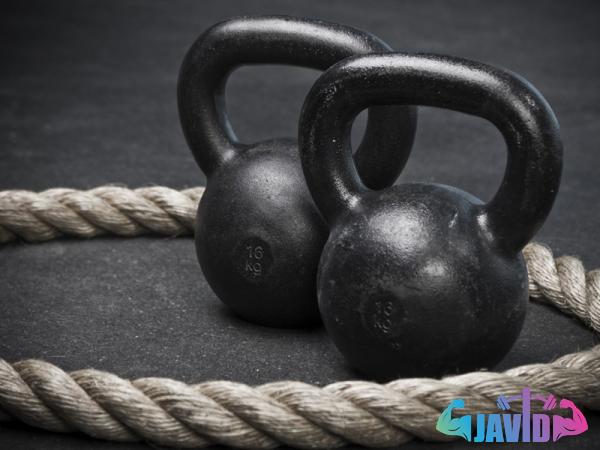
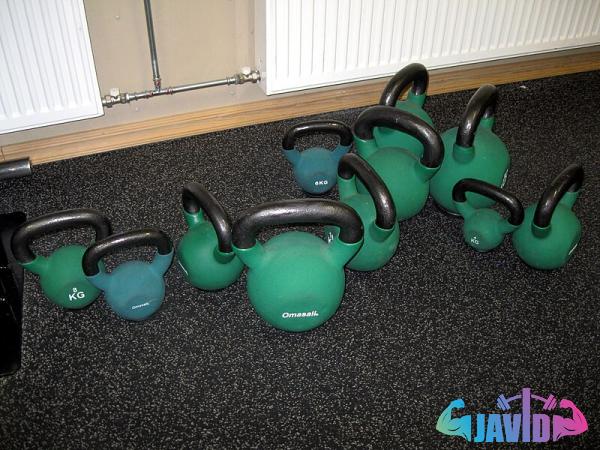

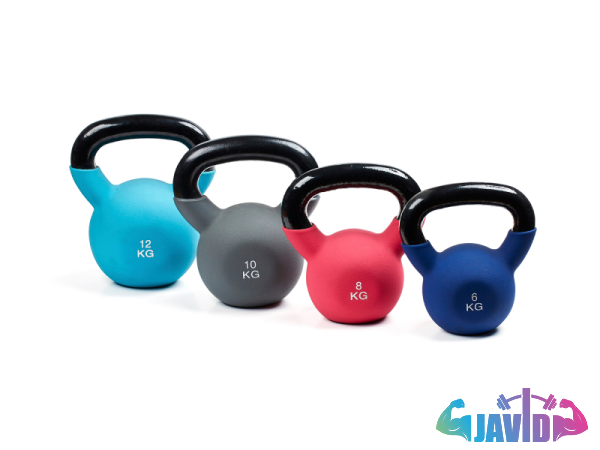

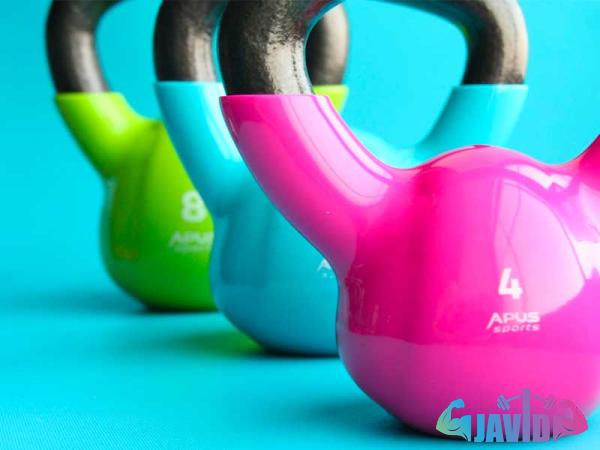
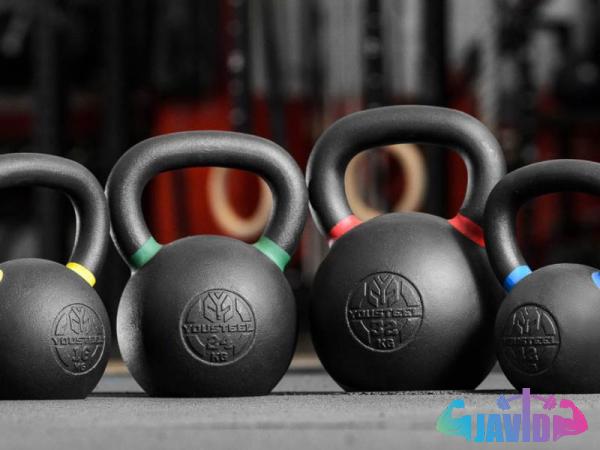


Your comment submitted.